Getting seasick on a cruise can turn your dream vacation into a nightmare. The good news is that modern cruise ships are equipped with stabilizers that significantly reduce motion, and there are plenty of proven strategies to keep that queasy feeling at bay.
While some people are naturally more susceptible to motion sickness than others, almost everyone can enjoy a cruise with the right preparation and techniques. Most seasickness remedies work best when you start them before you even set foot on the ship.
Here is a list of 16 practical ways to avoid cruise seasickness and ensure your time at sea stays enjoyable.
Choose a Midship Cabin
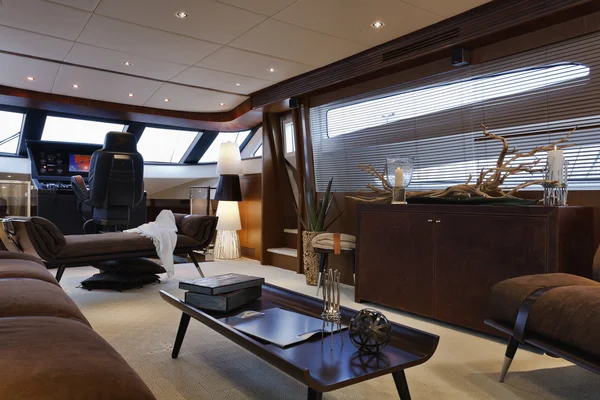
The middle of the ship experiences the least amount of motion because it’s the pivot point for the vessel’s movement. Think of it like sitting in the center of a seesaw rather than at either end.
Cabins located toward the front or back of the ship will feel more of the rocking motion, especially during rough weather.
Book a Lower Deck Cabin
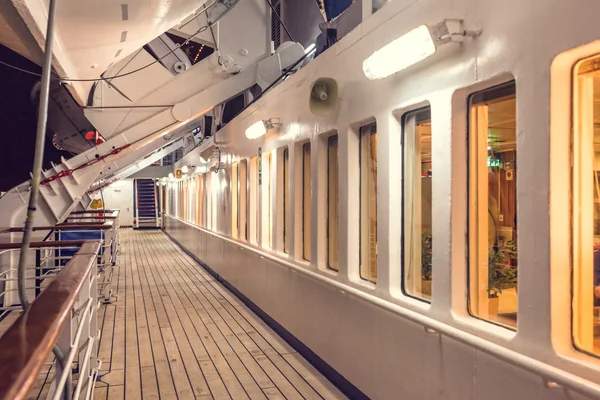
Lower deck cabins are closer to the ship’s center of gravity, which means less movement overall. The higher up you go, the more you’ll feel like you’re on top of a swaying tree.
Many experienced cruisers swear by cabins on decks 6-8 as the sweet spot for stability.
Like Travel Pug’s content? Follow us on MSN.
Get a Cabin with a Window or Balcony
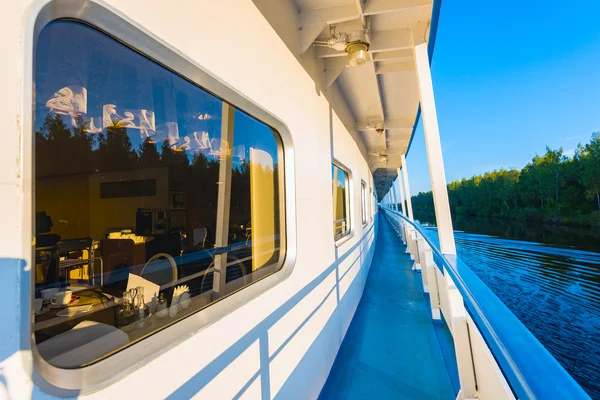
Having a visual connection to the horizon helps your brain reconcile what your inner ear is feeling with what your eyes are seeing. This visual reference point is one of the most effective natural remedies for motion sickness.
Interior cabins can feel claustrophobic and make seasickness worse since you lose that crucial visual anchor.
Start Motion Sickness Medication Early
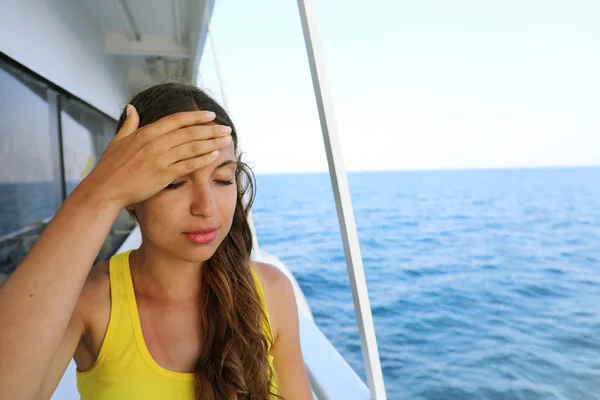
Begin taking over-the-counter motion sickness pills at least an hour before boarding, and continue as directed throughout your cruise. Popular options include Dramamine, Bonine, and meclizine.
Don’t wait until you feel sick to start taking them, as they work much better as a preventive measure.
Pack Ginger Supplements

Ginger has been used for centuries to combat nausea, and modern studies back up its effectiveness. You can take ginger capsules, chew ginger candy, or sip ginger tea throughout your cruise.
Crystallized ginger works particularly well and tastes pretty good, too.
Like Travel Pug’s content? Follow us on MSN.
Stay Hydrated Throughout Your Trip

Dehydration can make seasickness symptoms much worse, so drink plenty of water before and during your cruise. Avoid excessive caffeine and alcohol, which can contribute to dehydration.
Keep a water bottle with you and take regular sips even if you don’t feel thirsty.
Eat Light, Frequent Meals

Heavy, greasy foods can make seasickness worse, while an empty stomach can trigger nausea just as easily. Stick to bland, easily digestible foods like crackers, toast, and bananas when the seas get rough.
Think of your stomach like a washing machine – you want it partially full but not overloaded.
Get Fresh Air on Deck
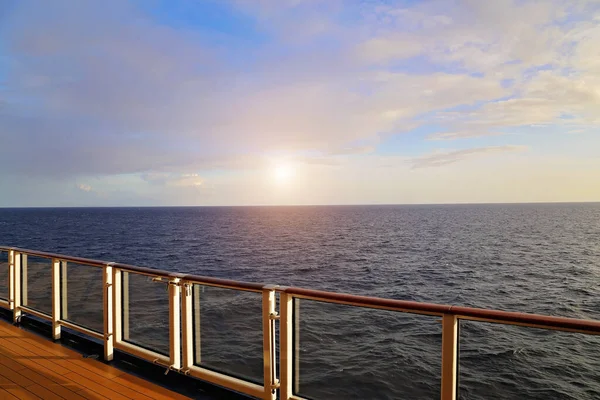
Fresh air and the ability to see the horizon can work wonders for seasickness. When you start feeling queasy, head to an outdoor deck and find a spot where you can look out at the water.
The combination of fresh air and visual stability often provides immediate relief.
Like Travel Pug’s content? Follow us on MSN.
Focus on the Horizon
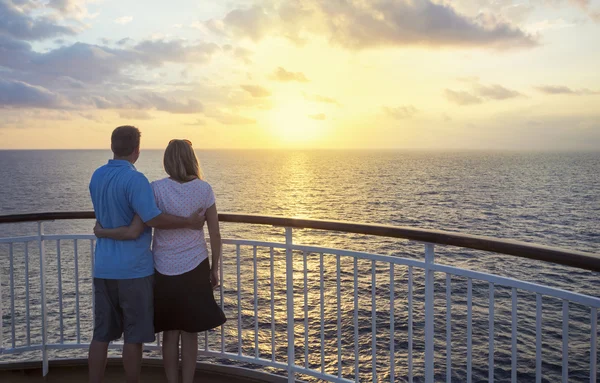
When you’re on deck, keep your eyes on the distant horizon rather than watching the waves or looking down at the water directly below. The horizon remains relatively stable and gives your brain a fixed reference point to work with.
This technique is used by sailors and fishermen worldwide.
Use Acupressure Wristbands

These simple fabric bands apply pressure to specific points on your wrists that are believed to reduce nausea. While the scientific evidence is mixed, many people swear by them, and they have no side effects.
They’re inexpensive and worth trying, especially in combination with other prevention methods.
Avoid Reading During Rough Seas

Looking down at books, phones, or tablets while the ship is moving can trigger motion sickness quickly. Your inner ear feels the motion while your eyes focus on something stationary, creating a sensory conflict.
Save the reading for calmer waters or when you’re in a stable central location.
Like Travel Pug’s content? Follow us on MSN.
Stay Active and Keep Moving
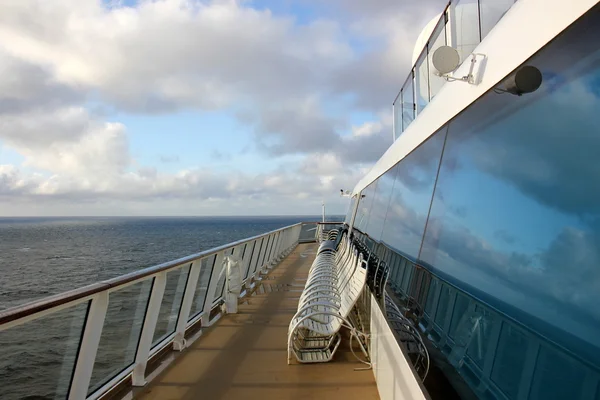
Lying down and being inactive can make seasickness worse for many people. Take walks around the ship, participate in activities, and keep yourself occupied.
Movement helps your body adjust to the ship’s motion, and staying busy keeps your mind off any queasiness you might feel.
Choose Cruise Times During Calmer Seasons
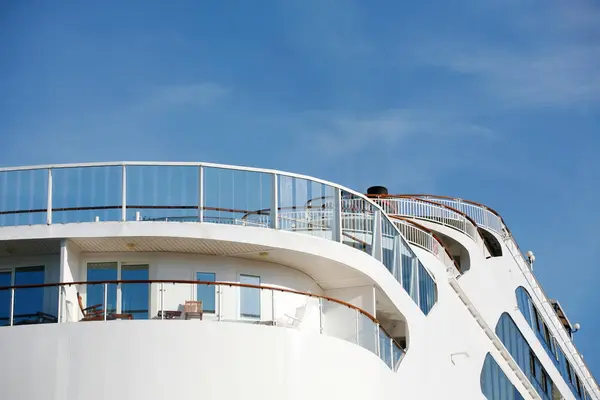
Caribbean cruises during hurricane season or North Atlantic crossings will have rougher seas than cruises during calmer months. Research typical weather patterns for your destination and choose sailing dates when the seas are generally smoother.
Your travel agent can help you identify the best times for calm sailing.
Limit Alcohol Consumption

Alcohol can worsen seasickness symptoms and interfere with your balance and spatial awareness. While cruise ship bars are certainly tempting, moderation is key, especially during the first day or two when you’re still adjusting.
Save the tropical drinks for when you’re feeling completely stable.
Like Travel Pug’s content? Follow us on MSN.
Pack Crackers and Plain Snacks
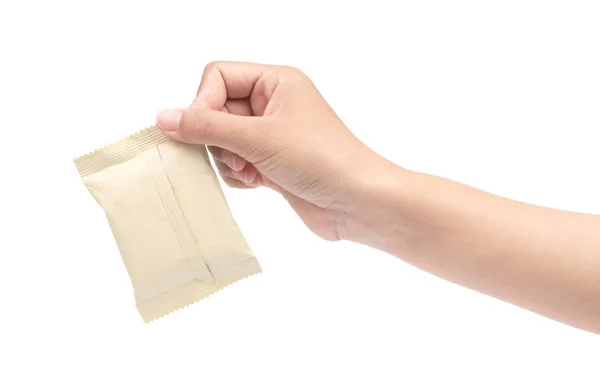
Bring along some saltine crackers, plain cookies, or other bland snacks to keep in your cabin. Having something light to nibble on can help settle your stomach when you first wake up or if you start feeling queasy between meals.
The crew can also provide crackers from room service if needed.
Try Peppermint Essential Oil

A small dab of peppermint oil on your temples or under your nose can help reduce nausea symptoms. Some people find that just the scent of peppermint is enough to settle their stomach.
You can also pack peppermint candy or gum as a more convenient alternative.
From Ancient Remedies to Modern Comfort
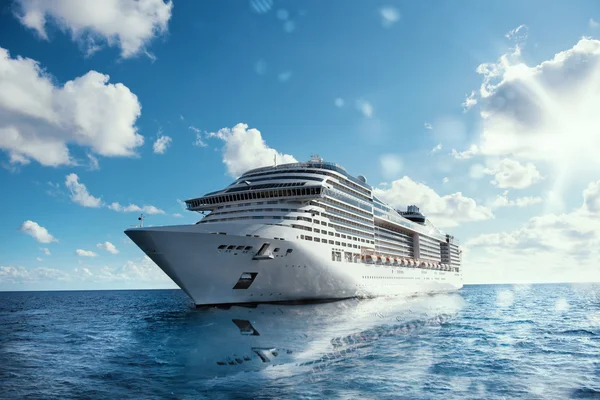
The battle against seasickness has come a long way from the days when sailors had no choice but to tough it out during rough voyages. Today’s combination of ship technology, medical advances, and time-tested natural remedies means that seasickness doesn’t have to ruin your cruise experience.
Most people find that even if they feel a bit queasy on their first day, their bodies quickly adapt to life at sea. The key is preparation and having multiple strategies ready to deploy if needed, turning what could be a miserable experience into the relaxing vacation you planned for.
Like Travel Pug’s content? Follow us on MSN.
More from Travel Pug

- 20 Best Beach Towns in the Carolinas
- 13 Destinations Where Tourists Regularly Regret Their Trip
- 20 Things You Actually Get in First Class
- 20 Small Airports With Aviation Museums
- 20 Places in the U.S. That Are Perfect for a Reset Trip
Like Travel Pug’s content? Follow us on MSN.
